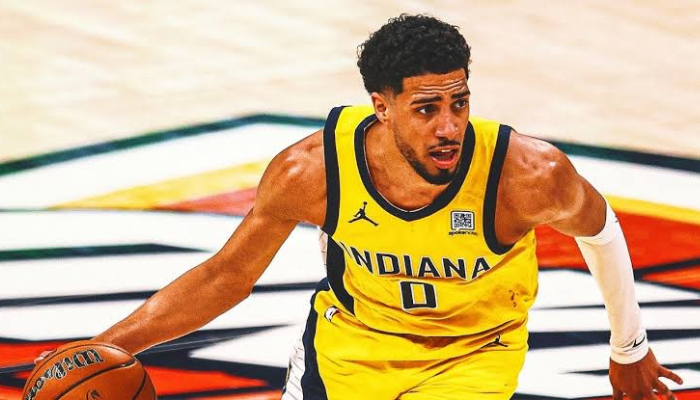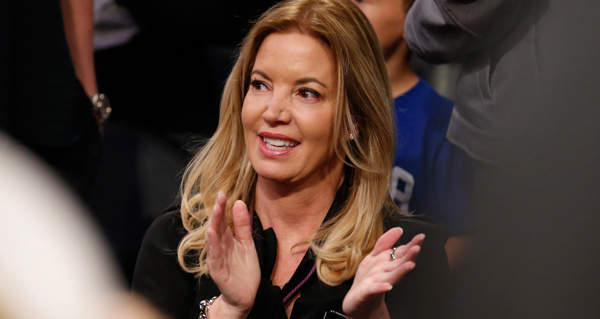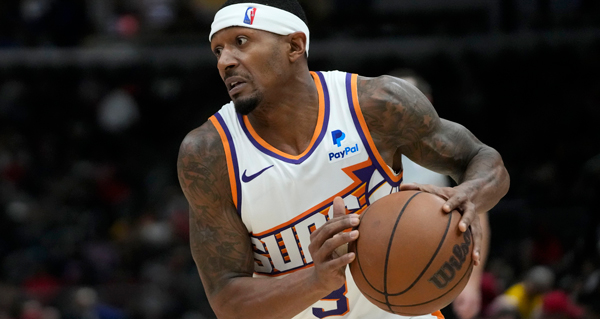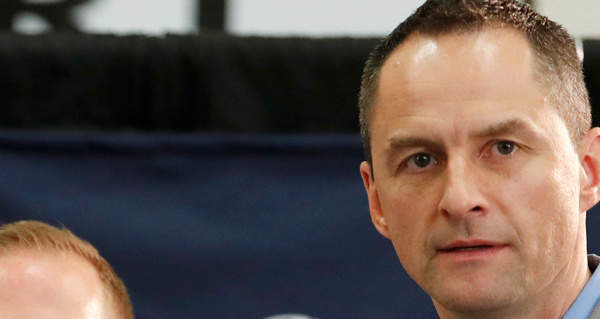PROTECT YOUR DNA WITH QUANTUM TECHNOLOGY
Orgo-Life the new way to the future Advertising by Adpathway
The outdoor industry often celebrates adventure as a pursuit for all ages, yet for hikers over 60, ageism remains a persistent barrier—one that is rarely acknowledged but deeply felt. While the benefits of hiking into older age are well documented, negative stereotypes, underrepresentation, and institutional barriers continue to shape the experience of seniors in the outdoor world. These challenges not only affect personal confidence and participation but also influence how the industry designs gear, markets experiences, and cultivates community.
How Ageism Manifests in the Outdoor Industry
Stereotypes and Social Attitudes
One of the most visible forms of ageism is the stereotype that people over 60 are less capable, less adventurous, or simply less interested in outdoor pursuits. These perceptions can lead to subtle or overt exclusion from hiking groups and outdoor clubs, as well as a lack of encouragement for older adults to try new activities or push their limits.
Research into ageism in climbing—a sport closely related to hiking in its culture—shows that older participants are often underestimated or ignored, even when they have decades of experience and skill. As GearJunkie reports, older climbers (and by extension, hikers) “don’t see themselves reflected in the media, nor do they get the same level of support from brands” (GearJunkie, 2023). This underrepresentation can reinforce the idea that the outdoors is a “young person’s game,” discouraging seniors from taking part or sharing their stories.
Representation in Media and Marketing
Outdoor magazines, social media feeds, and brand advertisements overwhelmingly feature young faces. While there are exceptions—such as viral stories about record-breaking “super seniors”—the average hiker over 60 rarely sees themselves reflected in mainstream outdoor media. Outside Online highlights this issue, noting that “the outdoor industry’s obsession with youth ignores an entire generation of passionate, experienced adventurers” (Outside Online, 2018).
The lack of positive representation has real consequences. It sends a message to older adults—and to everyone else—that their participation is unusual or even unwelcome. For researchers and advocates seeking to promote inclusivity in the outdoors, this gap is both a cultural and a practical challenge.
Gear and Equipment: Designed for Youth?
Ageism isn’t just social; it’s built into the products outdoor companies design and sell. Many hiking boots, backpacks, and trekking poles are created with younger bodies in mind, prioritizing speed, weight, and aesthetics over comfort or adaptability.
Older hikers often have specific needs: lighter packs to reduce joint stress, ergonomic grips for arthritic hands, shoes with additional support and cushioning. Yet these features are rarely highlighted in mainstream gear reviews or marketing materials. As the Appalachian Mountain Club reports, many older hikers end up modifying their gear themselves or relying on word-of-mouth advice to find equipment that works for them (AMC Outdoors, 2021). This lack of attention from the industry can make hiking more difficult, or even unsafe, for older adults.
Group Dynamics and Inclusion on the Trail
Even when experienced older hikers join group hikes or outdoor clubs, they may feel unwelcome or overlooked. Group leaders sometimes assume they need extra help or should stick to easier routes, regardless of their actual fitness or experience. Others worry about “slowing down” younger participants or being treated as burdensome.
These dynamics can lead to self-exclusion: older hikers may stop joining group events or avoid trying new trails altogether. According to a literature review by The New York Academy of Medicine, social exclusion and invisibility are common themes among older adults in recreational settings—leading to reduced participation and increased isolation (NYAM Literature Review, 2016, see pp. 39-40).
Some hiking clubs and organizations are working to combat this trend by offering multiple pace options, no-drop hikes, and explicit encouragement for older members. But these efforts remain the exception rather than the rule.
Physical Realities vs. Social Barriers
It’s important to acknowledge that physical aging brings real changes—such as loss of muscle mass (which accelerates after age 60), greater risk of injury from falls, and slower recovery times (AMC Outdoors, 2021). However, these physiological changes do not mean that seniors cannot enjoy hiking or other outdoor activities; rather, they may approach them differently, prioritizing endurance, technique, and self-care. Many older adults report that maintaining positive attitudes and adapting to change are key to continued success on the trail.
The Health Benefits of Hiking for Older Adults
Far from being risky or inadvisable, hiking can be one of the best activities for seniors. The Centers for Disease Control and Prevention (CDC) recommends regular aerobic activity such as walking or hiking for adults over 65, noting that it improves heart health, strengthens muscles and bones, maintains independence, and reduces feelings of depression.
Aging advocates note that community hiking groups can also help combat loneliness, a significant risk factor for poor health among seniors (Silver Century Foundation). The opportunity to connect with nature and peers may be especially important for individuals entering retirement or navigating life transitions.
Economic Impact
Older adults are a growing demographic with significant spending power. According to Nielsen research, Americans over 50 control nearly 70% of disposable income in the United States. By not catering to this market segment, the outdoor industry is missing out on potential revenue streams, from travel and gear to guided experiences.
Ageism in Outdoor Employment and Leadership
The outdoor industry’s focus on youth extends beyond marketing—it affects hiring practices as well. Older guides, trip leaders, and instructors often face discrimination when applying for jobs or volunteer positions. As Outside Online reports:
“Age discrimination is rampant in outdoor employment… fewer programs recruit or retain guides over 50 despite their experience.”
(Outside Online, 2018)
This lack of representation at leadership levels perpetuates stereotypes and deprives younger hikers of valuable mentorship.
Moving Toward Inclusion
Tackling ageism requires cultural change at every level:
- Representation: Brands should feature seniors in ads, not as rare exceptions but as part of the everyday outdoors.
- Inclusive design: Outdoor companies need to consult with older hikers when designing gear.
- Education: Guides and club leaders should receive training about age bias and how to create welcoming environments.
- Policy: Employers must ensure hiring practices value experience over age.
Most importantly, we need to celebrate what older hikers bring to the trail: resilience, wisdom, patience, and plenty of adventure.
About the author
Philip Werner is the author of Hiking Over 60: A Modern Guide to Hiking Gear and Techniques for Active Adults (PhilipWerner.com), available in bookstores and online. Aged 65, he’s an avid hiker who’s climbed all 48 of the New Hampshire 4000 footers in every calendar month of the year, also known as “The Grid.” Philip is on the Board of Directors for the Green Mountain Club and a volunteer hiking leader for the club's Bread Loaf section. In the past, he was a 4-season hiking leader for the Appalachian Mountain Club, a trail maintainer for the US Forest Service, a Master Educator for Leave No Trace, and a backpacking guide with Andrew Skurka Adventures.



















 English (US) ·
English (US) ·  French (CA) ·
French (CA) ·